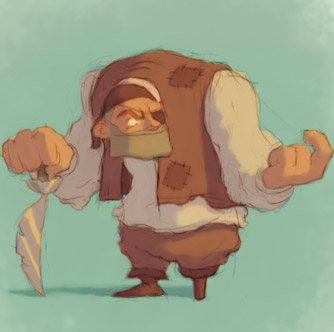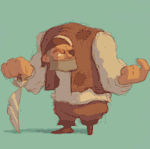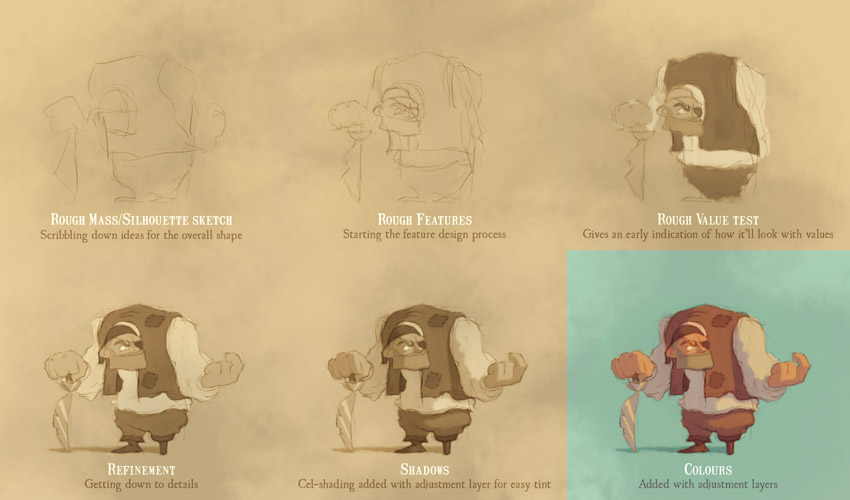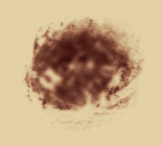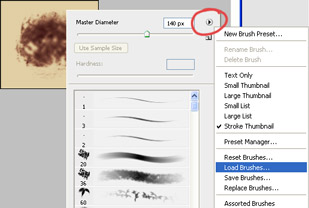QuoteThis bickering is totally spoiling my impression and experience of the AGS forums.
Oh, this idea was put forth with the intention of actually ending this argument. I totally agree that it spoils the mood, and is bringing out really ugly sides of this community. So I thought this would be a nice compromise, where pixel enthusiasts can enjoy limitations, while allowing everyone to participate in a character competition.
I really thought this was a question about unreflectively following traditions, which you can't blame people for, which is why I've tried to appealed to the participants to break with it.
It turns out people really don't care how hi-res enthusiasts are treated, so here I tried appealing to the objectivity of the moderators, who are supposed to have the good of the entire community in mind.
QuoteHowever there is no doubt we are biased with low res, and this is no surprise since that the majorty of adventure games are in low res.
Sure, and I don't of course blame people for their preferences and hope that the pixel community prospers in this day and age.
The curious thing is how you go from "I like lo-res" to "let's not allow anything that's not lo-res". This would make total sense if you wanted to shake things up - kinda like throwing a costume party every once in a while - but as the majority is already using lo-res, why would you to deliberately exclude hi-res entries? I prefer hi-res myself, but why on earth would I want to exclude lo-res?
Somebody's now going: 'yea, yea, but it's the right of the host'. Sure, it's within the rights of the host, but even if it was within the rights of a public bar owner to ban black people simply because he prefers whites, he would still be a immoral jerk for doing so. Just because something is within your rights doesn't make it moral.
Secondly, and to adress:
QuoteI disagree the suggestion to make another extra competition, unless it can be proven to be vastly popular.
We don't actually know how many hi-res people are out there as they're rarely allowed to participate. The sprite jam is by all measures a pixel activity, so just like myself, people might not even bother checking whether they can submit a regular entry. To make sure I wasn't basing this on a false impression, I checked the introduction of the last 50 pixel jams to check with reality:
50 rounds - 6 allowed hi-res/hi-colour entries.
The Sprite Jam is for all intents and purposes a pixel art activity; I'm just asking for a character activity where everyone is allowed to join the fun.


